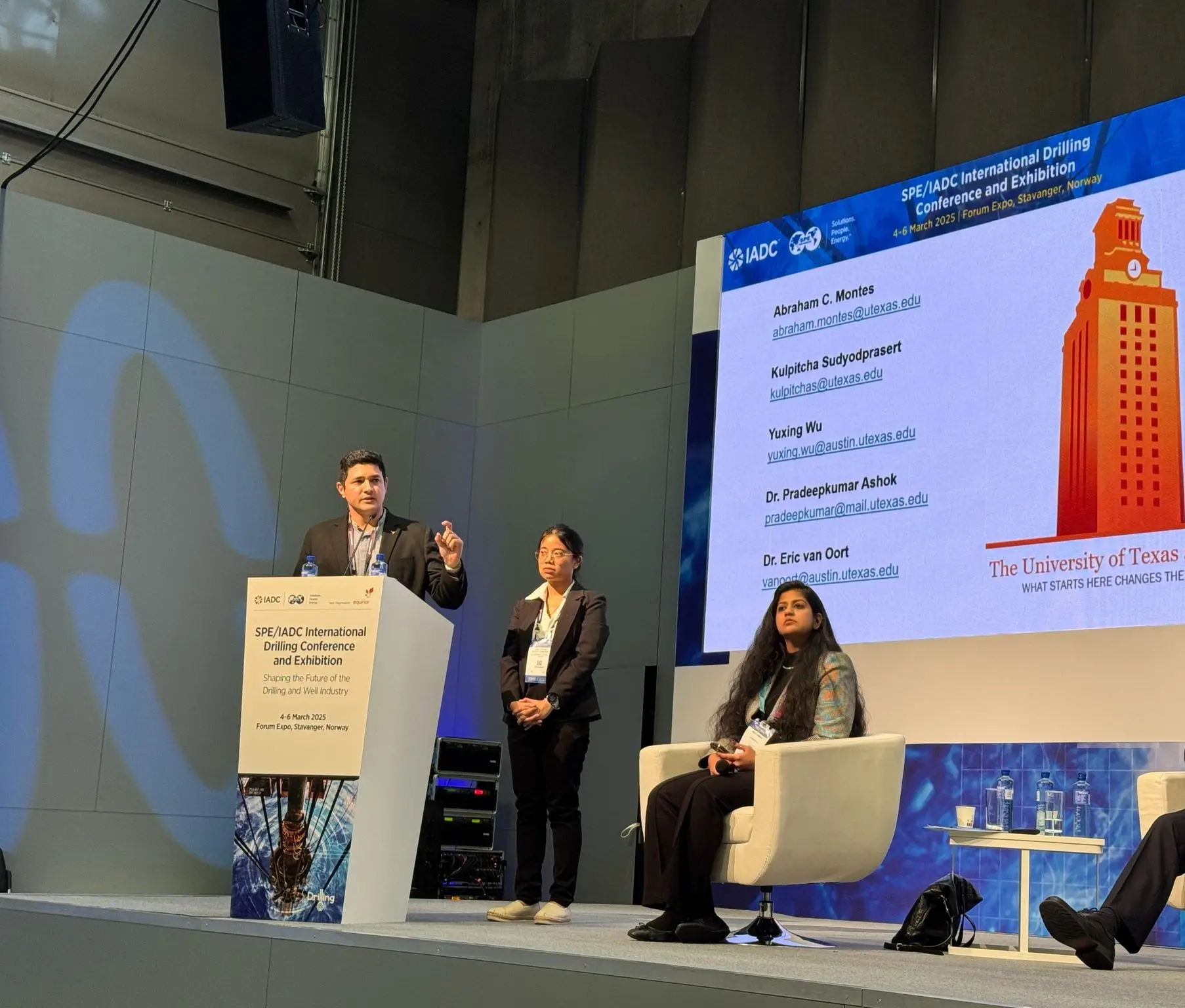

Advancing Drilling Automation and the 2025 SPE/IADC Drilling Conference
March, 2025.I had the opportunity to present two papers at the SPE/IADC International Drilling Conference in Stavanger, Norway. The first paper, Automated Drilling and Production Event Detection Using Advanced Time-Series Pattern Recognition Techniques (SPE-223795-MS), explores innovative methods for identifying the well and rig state in real-time. This identification is crucial for risk assessment, event detection, and operational efficiency in drilling and production. The study compares three time-series classification approaches—a first-order logic inference system, a recurrent neural network, and a transformer-based model—across different applications, including stuck pipe incident detection and pressure trend abnormality recognition. Our findings highlight the superior performance of transformer-based models in terms of accuracy and computational efficiency, offering a more reliable foundation for automated decision-making in well operations.
The second paper, Casing Run Failure Avoidance Through Automated Assessment of Borehole Quality (SPE-223706-MS), presents a groundbreaking tool designed to assess borehole conditions and predict casing run failure risks. Unlike traditional manual assessments that often rely on subjective interpretation and limited data, our approach leverages time-series and contextual data to evaluate key casing runnability features, such as cuttings accumulation, borehole undulations, and hole curvature. The tool integrates data-driven and physics-based models in a hybrid framework, providing both risk assessments and interval-specific failure explanations. Tested on deepwater wells in the Gulf of Mexico, the model demonstrated high accuracy in predicting casing run issues, helping drilling teams make better-informed decisions, optimize hole conditioning, and reduce unnecessary operational delays.
Presenting these papers at such a prestigious conference was an incredible experience, as it allowed me to share our research findings with industry experts and gain valuable insights from peers working on similar challenges. The discussions surrounding drilling automation and well construction reinforced the importance of integrating advanced analytics into operational workflows to enhance efficiency and reduce costs. I am excited about the future implications of these studies and look forward to further refining these methodologies for broader applications in drilling optimization. Stay tuned for upcoming publications of our work in RAPID, The University of Texas at Austin.